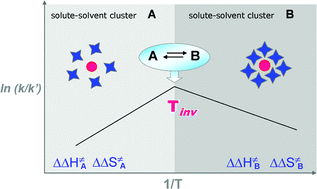Solvent effects on stereoselectivity: more than just an environment
Abstract
Stereoselectivity is a major topic in organic synthesis. Intensive investigations into the role of

* Corresponding authors
a
Department of Chemistry “G.Ciamician”, University of Bologna, Via Selmi 2, Italy
E-mail:
daria.giacomini@unibo.it
Fax: +39 051 2099456
Tel: +39 051 2099528
Stereoselectivity is a major topic in organic synthesis. Intensive investigations into the role of

 Please wait while we load your content...
Something went wrong. Try again?
Please wait while we load your content...
Something went wrong. Try again?
G. Cainelli, P. Galletti and D. Giacomini, Chem. Soc. Rev., 2009, 38, 990 DOI: 10.1039/B802815J
To request permission to reproduce material from this article, please go to the Copyright Clearance Center request page.
If you are an author contributing to an RSC publication, you do not need to request permission provided correct acknowledgement is given.
If you are the author of this article, you do not need to request permission to reproduce figures and diagrams provided correct acknowledgement is given. If you want to reproduce the whole article in a third-party publication (excluding your thesis/dissertation for which permission is not required) please go to the Copyright Clearance Center request page.
Read more about how to correctly acknowledge RSC content.
 Fetching data from CrossRef.
Fetching data from CrossRef.
This may take some time to load.
Loading related content
